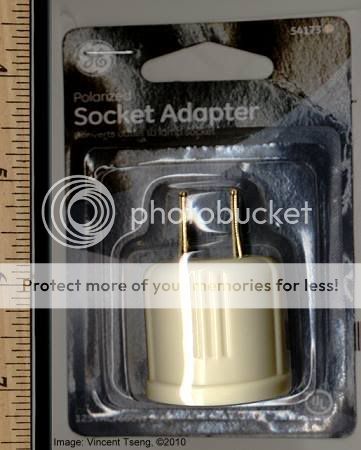The CRI is a measure of calculated color distortion of eight reference colors. Another more technical term for CRI is called Ra8, with the eight pointing to the use of eight reference colors.
There are some materials that exhibit metamerism. Substances, especially minerals with very specific spectral absorption properties will look different depending on spectral contents of illumination.
It's possible for something to have two objects to look the same under one lighting, then another under a different source.
Neodymium glass is something with a very narrow spectral absorption properties. It has a hint of red and can look slightly ruby red under natural light or wide spectrum light like Chroma 50 (CRI rated 90).
An SPX50 lamp may have a CRI of 85, but the spectral contents is far different and any hint of red will go away.
Notice the blue transparent plastic and tinted glass doesn't change color, but neodymium glass shows drastic color change between Chroma 50 vs SPX50. There are art work made of neodymium glass and the appearance is different enough to make them look like they're two different things.
Wide spectrum/Chroma 50 (CRI 90), or under sunlight
Triphosphor (CRI 85, SPX50)
On the left is the spectrum of Chroma 50, and on the right is SPX50. You can see the distinct breaks in triphosphor lamp and absence of yellow and cyan light. The Chroma 50 has a pronounced line in green that didn't turn out in photo. This is one of mercury emission lines.



